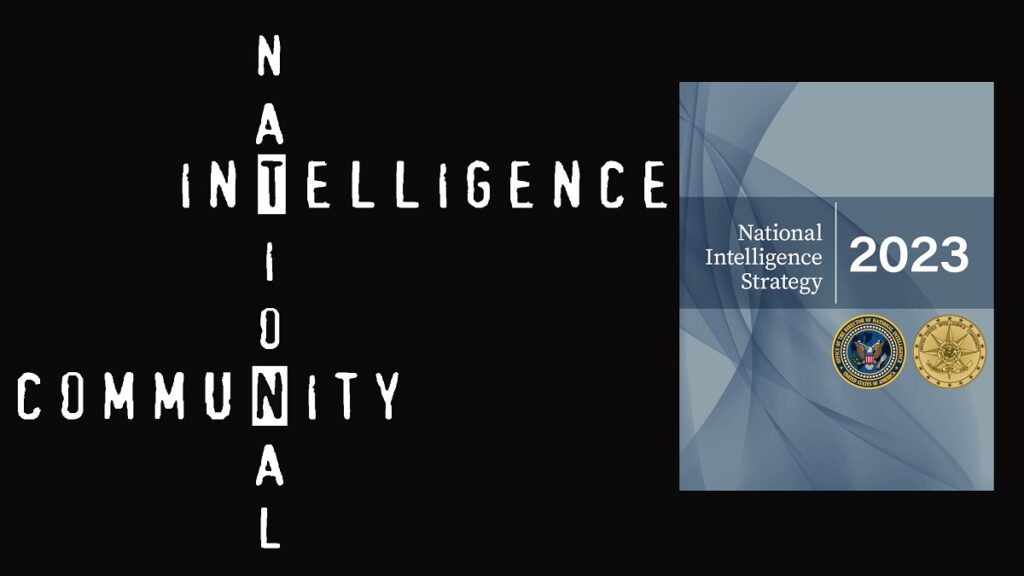Regular listeners might remember previous episodes in which we looked at the 2022 National Security Strategy and the 2022 National Defense Strategy. In this episode, we continue the examination of strategic-level documents with a review of the 2023 National Intelligence Strategy. Genevieve Lester is in the studio, but this time she’s the guest with podcast host Ron Granieri. Their conversation dissects the document that is the Director of National Intelligence’s strategic direction for the Intelligence Community (IC) for the next four years. Ideally, it aligns IC priorities with other national strategies and supports the IC’s mission to provide timely, insightful, objective, and relevant intelligence and support to inform national security decisions and to protect the United States and its interests. But what can you say about an institution whose business is keeping secrets in a document that is shared with the world? Gen and Ron share their thoughts about the language used, the specificity and vagueness, and the overall message the document conveys.
These are aspirational documents. This is what we are aiming for; these are our goals. These are our strategic goals, our strategic focus. Do we actually intend to meet them? Is that actually part of the purpose of these documents or not? And I leave that as a question.
Podcast: Download
Subscribe: Apple Podcasts | Spotify | Amazon Music | Android | Pandora | iHeartRadio | Blubrry | Podchaser | Podcast Index | TuneIn | Deezer | Youtube Music | RSS | Subscribe to A Better Peace: The War Room Podcast
Genevieve Lester is the DeSerio Chair of Strategic Intelligence at the U.S. Army War College. She is also an Associate Fellow for Strategic Intelligence at the International Institute for Strategic Studies. She holds a PhD and an MA in Political Science from the University Of California, Berkeley and an MA in International Relations and International Economics from the Johns Hopkins School of Advanced International Studies (SAIS) and a BA in History from Carlton College.
Ron Granieri is Professor of History at the U.S. Army War College and the Editor of A BETTER PEACE.
The views expressed in this presentation are those of the speakers and do not necessarily reflect those of the U.S. Army War College, U.S. Army, or Department of Defense.
Photo Credit: Zelda

